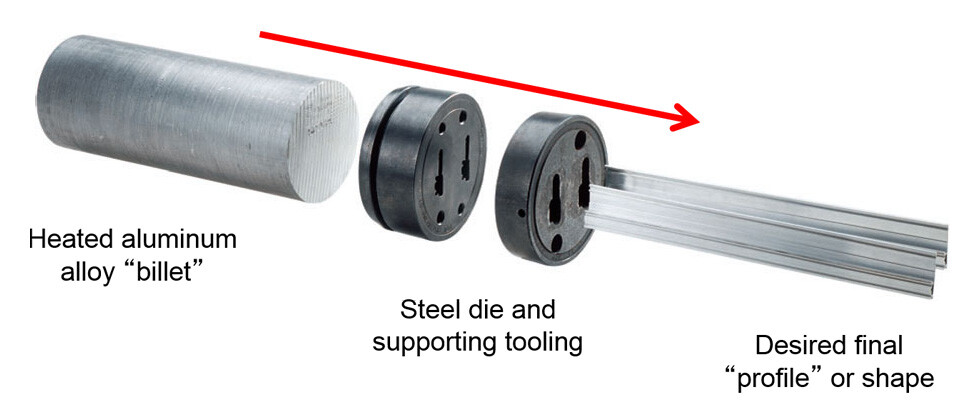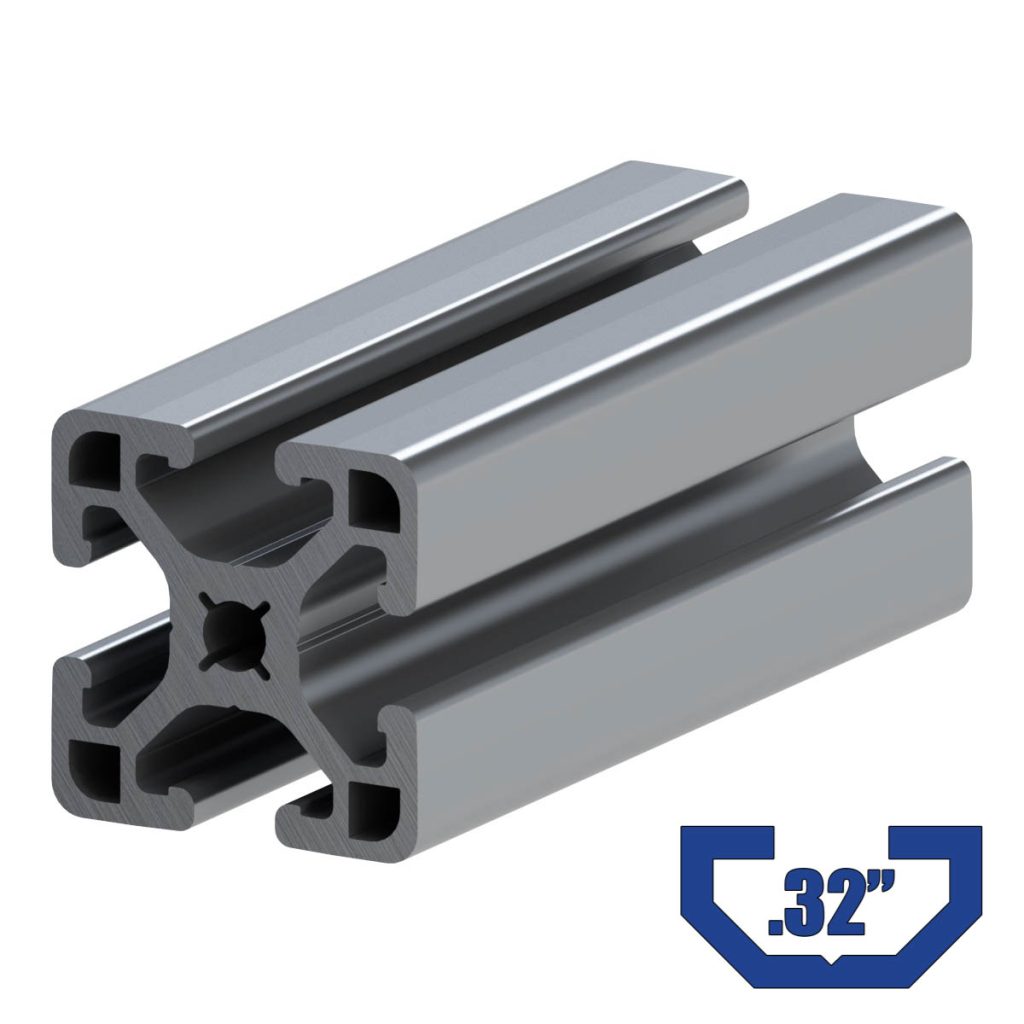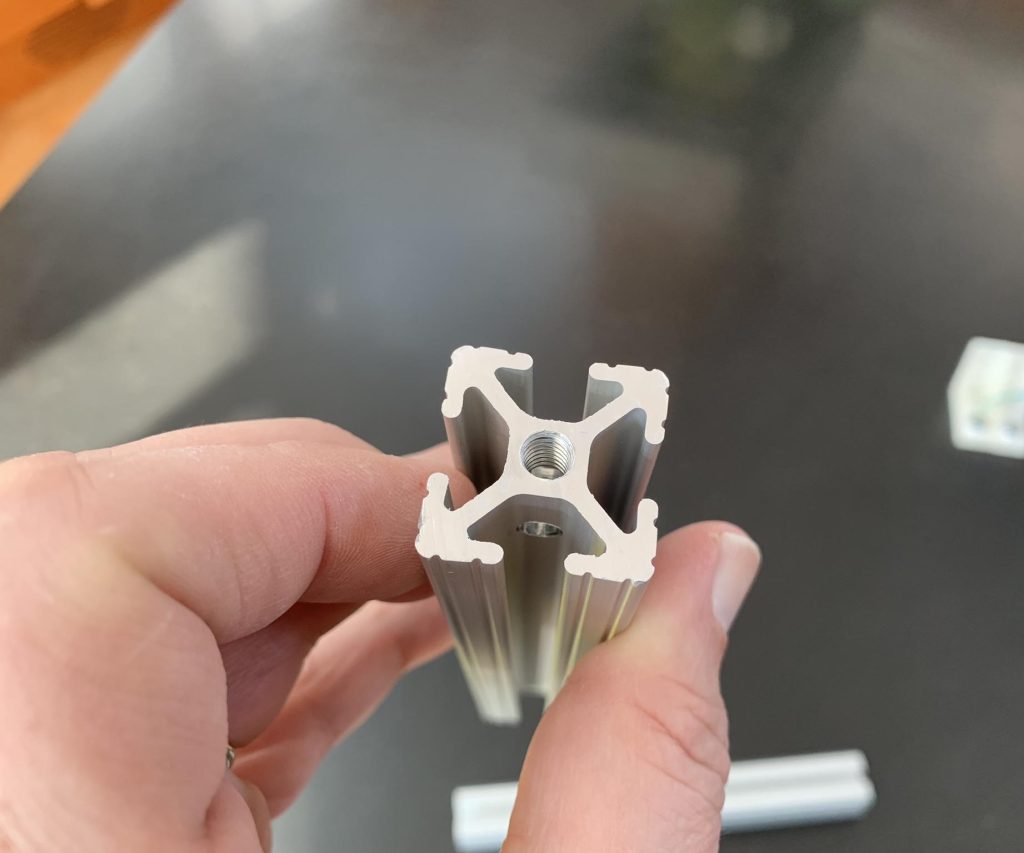Table of Contents
- How to Reform Extruded Aluminum?
- Step 1: Choose the Right Tools
- Step 2: Heat the Aluminum
- Step 3: Apply Pressure
- Step 4: Cool the Aluminum
- Step 5: Check for Cracks
- Step 6: Sand the Edges
- Step 7: Clean the Surface
- Step 8: Apply a Protective Coating
- Step 9: Benefits of Reforming Extruded Aluminum
- Step 10: Reforming Extruded Aluminum vs. Other Methods
- Frequently Asked Questions
- What is extruded aluminum and why might it need to be reformed?
- What are some common techniques used to reform extruded aluminum?
- What factors should be considered when choosing a technique for reforming extruded aluminum?
- What are some tips for ensuring successful reforming of extruded aluminum?
- What are some common applications for reforming extruded aluminum?
Extruded aluminum is widely used in various industries due to its strength, durability, and versatility. However, there may come a time when you need to reform extruded aluminum to fit a specific purpose or design. Whether you are a DIY enthusiast or a professional engineer, learning how to reform extruded aluminum can save you time and money. In this article, we will discuss the steps and techniques involved in reforming extruded aluminum to help you achieve your desired results. So, let’s dive in!
- Heat the aluminum to a temperature between 400-500 degrees Fahrenheit.
- Apply pressure to the aluminum using a hydraulic press or similar equipment.
- Allow the aluminum to cool down to room temperature.
- Repeat the process if necessary until the desired shape is achieved.
How to Reform Extruded Aluminum?
Extruded aluminum is a versatile material used in various industries for its excellent strength-to-weight ratio, durability, and cost-effectiveness. However, its shape and form may not always fit the intended application, and it may require reforming to suit the specific requirements. In this article, we will explore the steps involved in reforming extruded aluminum.
Step 1: Choose the Right Tools
Before starting the reforming process, you need to select the right tools for the job. The primary tool required for reforming aluminum is a heat gun, which can generate high temperatures to soften the metal. You will also require a pair of gloves to protect your hands from the heat and a soft cloth to wipe the surface.
Step 2: Heat the Aluminum
The next step is to heat the aluminum using the heat gun. Start by heating the area that needs reforming and keep the heat gun at a distance of about 2-3 inches from the surface. Move the heat gun back and forth to ensure even heating. The temperature required may vary depending on the thickness of the aluminum, but it should be around 400-500 degrees Fahrenheit.
Step 3: Apply Pressure
Once the aluminum is heated, you can apply pressure to reform it. Use a pair of pliers or another tool to bend the aluminum into the desired shape. Apply steady pressure, and be careful not to apply too much force, which can cause the aluminum to crack or break.
Step 4: Cool the Aluminum
After reforming the aluminum, allow it to cool down to room temperature. You can speed up the cooling process by spraying water on the surface. Once the aluminum has cooled down, it will retain its new shape.
Step 5: Check for Cracks
After the aluminum has cooled down, check for any cracks or deformities. If you notice any cracks, you may need to repeat the reforming process. However, if the aluminum has been reformed correctly, it should be free of cracks and deformities.
Step 6: Sand the Edges
After reforming the aluminum, you may notice rough edges or burrs. Use sandpaper to smooth out the edges and create a clean finish.
Step 7: Clean the Surface
Once you have sanded the edges, clean the surface of the aluminum using a soft cloth. You can also use a mild detergent to remove any dirt or grease.
Step 8: Apply a Protective Coating
To protect the aluminum from corrosion or damage, you can apply a protective coating. There are various types of coatings available, such as anodizing, powder coating, or painting. Choose the right coating for your specific application.
Step 9: Benefits of Reforming Extruded Aluminum
Reforming extruded aluminum offers several benefits, such as:
- Customization: Extruded aluminum can be reformed to fit specific requirements.
- Cost-effective: Reforming extruded aluminum is more cost-effective than creating a new piece from scratch.
- Time-saving: Reforming extruded aluminum can save time compared to manufacturing a new piece.
Step 10: Reforming Extruded Aluminum vs. Other Methods
Reforming extruded aluminum is a better option than other methods, such as casting or forging. Here’s why:
| Method | Advantages | Disadvantages |
|---|---|---|
| Reforming Extruded Aluminum | Cost-effective, time-saving, customizable | May cause cracks or deformities if not done correctly |
| Casting | Creates complex shapes, high-volume production | Expensive, time-consuming, limited to specific shapes |
| Forging | Produces strong parts with high accuracy | Expensive, time-consuming, limited to specific shapes |
In conclusion, reforming extruded aluminum is a simple and effective way to customize the material to fit specific requirements. By following the steps mentioned in this article, you can reform extruded aluminum to create the desired shape and form.
Frequently Asked Questions
Here are some commonly asked questions and answers about how to reform extruded aluminum:
What is extruded aluminum and why might it need to be reformed?
Extruded aluminum is a type of aluminum that has been shaped by being forced through a die. It is often used in construction, automotive manufacturing, and other industries because it is lightweight, strong, and resistant to corrosion. However, extruded aluminum can become warped or distorted during the manufacturing process, or it may be damaged during use. In these cases, it may need to be reformed in order to restore its original shape and functionality.
Reforming extruded aluminum typically involves heating the metal to a specific temperature and then applying pressure to it in a controlled manner. This can be done using specialized equipment and techniques that are designed to ensure that the metal is reformed without becoming damaged or weakened.
What are some common techniques used to reform extruded aluminum?
There are several techniques that can be used to reform extruded aluminum, depending on the specific needs of the metal and the desired outcome. One common technique is called hot forming, which involves heating the metal to a specific temperature and then shaping it using a press or other tool. This can be done using a variety of different methods, including hydraulic forming, roll forming, and stretch forming.
Another common technique is called cold forming, which involves shaping the metal without heating it first. This can be done using a variety of different tools and techniques, including bending, stamping, and deep drawing. Cold forming is often used for extruded aluminum that is thinner or more delicate, as it can help to minimize the risk of damage or warping.
What factors should be considered when choosing a technique for reforming extruded aluminum?
When choosing a technique for reforming extruded aluminum, there are several factors that should be taken into account. These may include the type and thickness of the metal, the desired shape and dimensions, the level of precision required, and the intended use of the finished product. Other factors may include the availability of equipment and expertise, as well as the cost and time required to complete the reforming process.
In general, it is important to choose a technique that is appropriate for the specific needs and requirements of the extruded aluminum, while also taking into account any constraints or limitations that may be present.
What are some tips for ensuring successful reforming of extruded aluminum?
Successful reforming of extruded aluminum requires careful planning and execution, as well as attention to detail throughout the process. Some tips for ensuring success may include selecting the appropriate technique for the specific needs of the metal, ensuring that the equipment and tools used are properly calibrated and maintained, and monitoring the temperature and pressure of the metal during the reforming process.
Other tips may include working with experienced professionals who have the knowledge and expertise needed to successfully reform extruded aluminum, and using high-quality materials and equipment to ensure that the finished product is of the highest possible quality.
What are some common applications for reforming extruded aluminum?
Reforming extruded aluminum can be used for a wide range of applications, including construction, automotive manufacturing, aerospace, and more. Some common applications include the production of extruded aluminum beams, frames, and panels for use in buildings and other structures, as well as the creation of extruded aluminum components for use in vehicles, aircraft, and other machinery.
Reforming extruded aluminum can also be used to create custom shapes and designs that are tailored to the specific needs and requirements of a particular project, making it a versatile and valuable material for a wide range of applications.
In conclusion, reforming extruded aluminum is a complex process that requires careful attention to detail. By following the correct procedures, it is possible to improve the strength, durability, and versatility of aluminum products.
Firstly, it is important to choose the right method for reforming extruded aluminum, such as hot or cold working, annealing, or heat treatment. Each technique has its advantages and disadvantages, so it is crucial to select the most appropriate one for your specific application.
Secondly, proper handling and storage of extruded aluminum is essential to prevent damage or deformation. This includes protecting the material from exposure to moisture, temperature extremes, and other environmental factors that could affect its properties.
Lastly, working with experienced professionals who understand the nuances of extruded aluminum reforming can also help ensure that the process is carried out effectively and efficiently. With careful planning and attention to detail, it is possible to achieve high-quality results that meet the needs of your application.
Request a quote today!
[contact-form-7 id="1578" title="Contact form"]
Please compress the file into a ZIP or RAR file before uploading. Alternatively, send through your RFQ by email.
enquires@unitymanufacture.com





